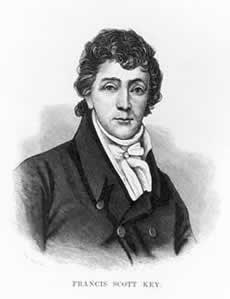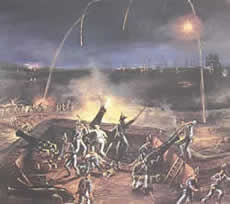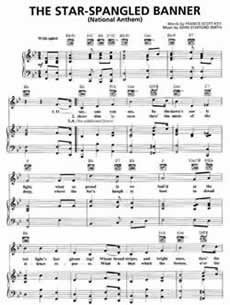USA PEOPLE SEARCH BY NAME!
- ❖ Current Address
- ❖ Phone Numbers
- ❖ Criminal Records
- ❖ Public Records
- ❖ Neighbors
- ❖ People's Age
- ❖ Property Ownership
- ❖ And Much More
Fri, 3 Jan 2014
Francis Scott Key and the Star-Spangled Banner
The story of Francis Scott Key and The Star-Spangled Banner will forever be embedded in the hearts of all Americans and in the pages of American History.
Francis Scott Key
Francis Scott Key was born on August 1, 1779 in Frederick County in Maryland. He grew up to become a lawyer but his work as a poet would be the key to his place in history. Sometime during the War of 1812, Key wrote a poem that was to be known as "The Star-Spangled Banner." This was after he saw for himself the horrors of war as he witnessed the attack on Fort McHenry by the British.
The War of 1812
Francis Scott Key and The Star-Spangled Banner were key figures in the War of 1812. The conflict was a direct result of the kidnapping of American seamen by Britain along with the downfall of trade relations between France and the USA.
Key served the country as part of the Georgetown Light Field Artillery even though he was against war. Due to his profession as a lawyer before the war, Key was instrumental in negotiating the release of Dr. William Beanes, a colleague of Key who was captured and taken prisoner by the British.
Key Saw The Bombardment Of Fort McHenry
It was while on a ship with Beanes and Colonel John Stuart Skinner, the British Exchange Agent who also helped in the release of the former, that Key saw the bombardment of Fort McHenry. It was the 13th of September when the British fleet led by Admiral Sir George Cockborn tried but failed to take down the fort even after a whole day of bombing.
By dawn the morning after, an American flag was seen flying proudly in Fort McHenry. Later on, the British forces stopped the attack and withdrew from the area. This event inspired Key to pen the poem right on the ship while the attack was ongoing. He finished it in an inn the following day after he was let off the ship.
Defence Of Fort M'Henry
The poem was originally titled "Defence of Fort M'Henry" and was first printed on a sheet of paper. It was later published in major newspapers in the country including the Baltimore Patriot, the major news publication in Baltimore where Fort McHenry stood.
The poem was so inspiring and became widely popular that it was adapted into a song. The practice of using patriotic poems in songs was prevalent at the time.
Another song titled "Adams and Liberty" was first to use the music of John Stafford Smith's "To Anacreon in Heaven", a song that was originally written for the Anacreontic Society in London. However, the poem's words were so well-suited for the music that they became inseparable just like Francis Scott Key And The Star-Spangled Banner.
The Star-Spangled Banner
Then President Woodrow Wilson later issued an Executive Order cementing the importance of Francis Scott Key And The Star-Spangled Banner to the country, its people and its later generations. The poem which Key penned during a horrific time in America's history would later be known as The Star-Spangled banner, the national anthem of the United States of America.
Read:
Hal David and His Collaboration with Burt Bacharach
Beyoncé: I'm Not Bossy, I Am The Boss
Ella Fitzgerald - The Master of Scat Singing
Frank Zappa And George Duke
Kelly Clarkson - American Idol's Star
Lady Gaga - The New Face of Pop Culture
Malcolm Young Will Never Return To AC/DC
Toots Thielemans Retire at the Age of 91
What Happened To Richey Edwards?
What Happened To Michael Jackson's Neverland Ranch?


